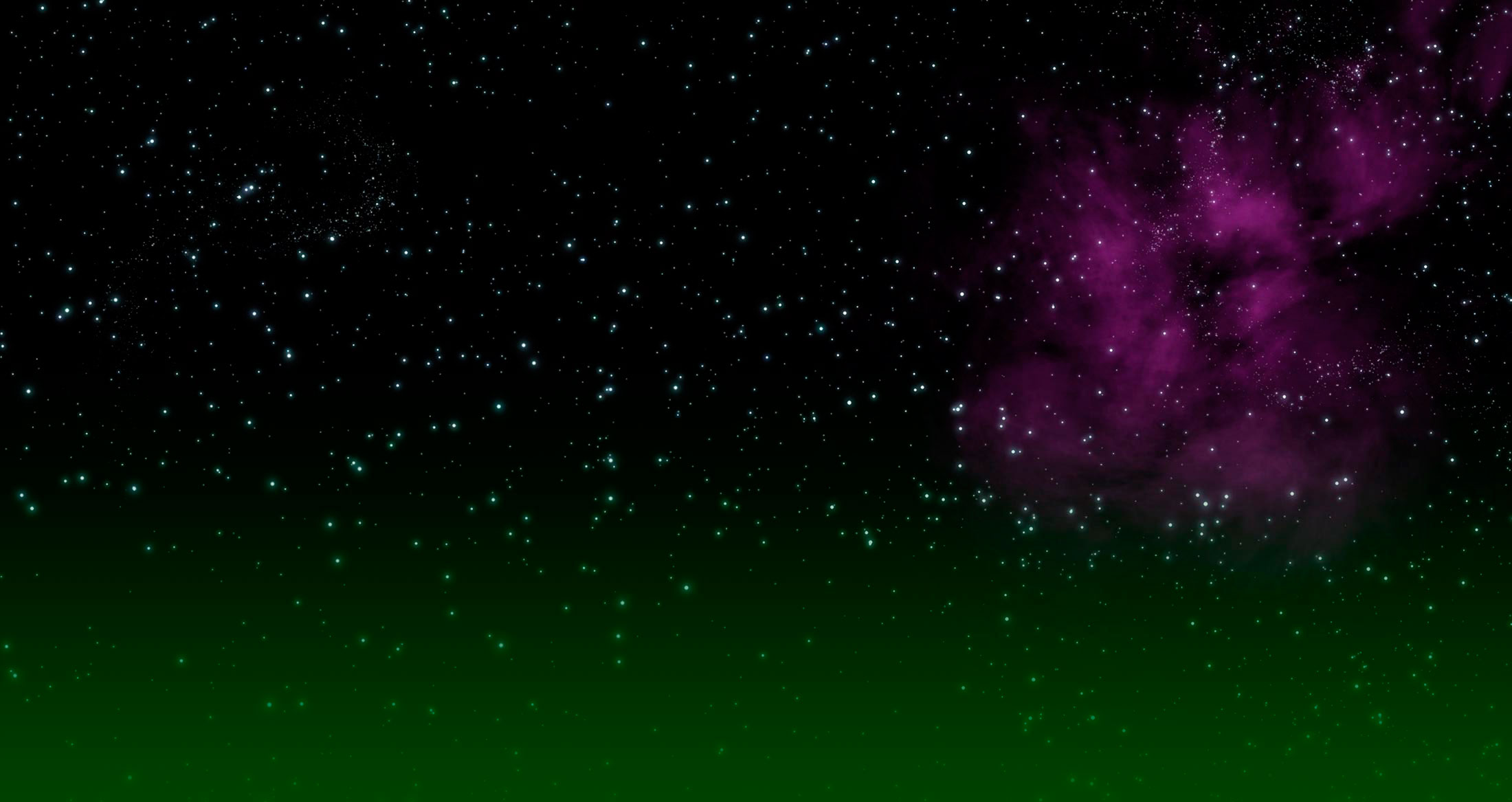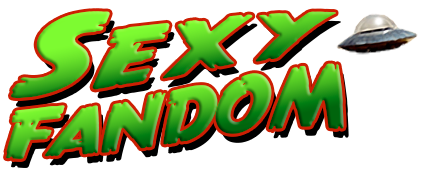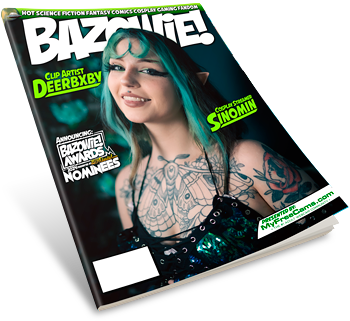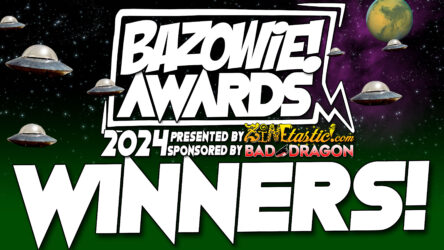Modern fantasy literature has revived the elves as a race distinct from fairies. Fantasy elves are different from Norse elves, but are more akin to that older mythology than to folktale elves.
In 1954, Poul Anderson introduced grim Norse-style elves in his fantasy novel The Broken Sword and made them full-sized.
This alignment with the Elves of Norse mythology was also preferred by the mid-twentieth-century philologist and fantasy writer J. R. R. Tolkien. He conceived a race of beings similar to humans but fairer, with greater spiritual powers, keener senses, and a closer linkage to nature. They are great smiths and fierce warriors on the side of good. Tolkien’s Elves of Middle-earth (capitalized) are not deathless and can be killed by injury, but they are immortal insofar as they do not grow old and die of age like humans. Tolkien had little use for Shakepearean fairy protrayals or for Victorian diminutive fairy prettiness and whimsy. He rather aligned his Elves with the god-like and human-sized Elves of Norse mythology, the ljosalfar.
Tolkien is responsible for reviving the older and less-used terms elves, elven, and elvish rather than Edmund Spenser’s invented elfs, elfin, and elfish. He probably preferred the word elf over fairy because elf is of Anglo-Saxon origin while fairy entered English from French.
Tolkien’s The Lord of the Rings, published in 1954, became astoundingly popular and was much imitated. In the 1960s and beyond, elves similar to those in Tolkien’s novels became staple non-human characters in high fantasy works and in fantasy gaming.
This view is shared by Christopher Paolini “Eragon” who also believed in the Norse elves and has written about elves in his book.
Post-Tolkien literary elves (popularised by the Dungeons & Dragons role-playing game) tend to be human-sized or only slightly smaller than humans, and tend also to be capable warriors, especially skilled in archery. They are unlikely to sneak in at night and help a cobbler mend his shoes. Terms like hob or brownie or other genuine regional folklore terms are likely to be used of such creatures if they are written about. Tolkien’s Elves were enemies of the Goblins/Orcs and had a longstanding quarrel with the Dwarves; these motifs also often reappear in Tolkien-inspired works.
In gaming, and to some extent fantasy, elves have a great depth of knowledge (especially regarding magic) due to a racial inclination as well as their extreme age.
There are also dark elves popularized by TSR as drow.
Wendy and Richard Pini’s long-running comic book Elfquest attempts to avoid the usual Tolkienesque elven clichés by placing their elves in a setting inspired by Native American rather than European mythology. It later turns out that they are actually the descendants of a shape-shifting alien race rather than mythological beings.
The Harry Potter book series by J. K. Rowling features House-elves, which resemble brownies or goblins more than modern high-fantasy elves.
The Discworld novels by Terry Pratchett feature extradimensional creatures called elves, that go back to the old myths of cradle-robbing fairies. The book Lords and Ladies is about an encounter with “the fair folk”.
Towards the end of the 20th century, a number of people have begun to describe themselves as elves, usually more of the Tolkien than the Santa type. Many of these people can be found in the Otherkin subculture. (via Wikipedia)
No tags for this post.











